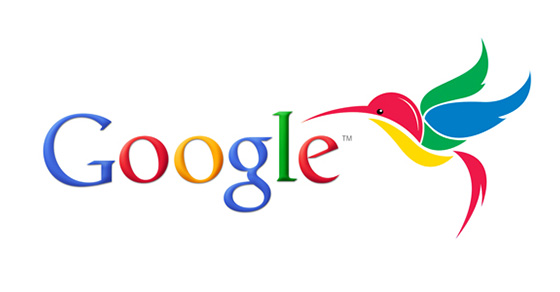A few months ago Google introduced a new search algorithm which enabled Google to better understand contextual search queries. This is the next step in the creation of a search engine with the ability to answer personal, subjective queries such as “What should I do on Saturday?” by using information gathered about your interests and location. But what does it mean for searches now?
Practically this change means that keywords are far less important than having a high quality, relevant, content-rich website. Because Hummingbird is able to understand and look for synonyms it will no longer be possible to simply pack your content full of keywords and assume you will rank well – in fact this is far more likely to incur you a penalty due to the Penguin and Panda updates from earlier this year. Instead, the best way to appeal to Hummingbird is to answer the questions your targeted audience will likely be asking; that is, by having quality content on a variety of topics. Ideally your content should answer the 5 W’s: Who, What, Where, When, and Why (and How – How-to’s are a great way of creating quality content that will be interesting and shareable).
This semantic search means that results are based on location, online behavior, social network, online trends, and a variety of other factors. How each of these factors is weighted, depends on how the search query is phrased. For example a search for “restaurants nearby” will filter results based on their proximity to your current location while a search for “best Italian restaurant” will filter results with more emphasis on reviews and reputation.
In order to rank well for all relevant searches your business will need to create content around long tail searches and build their authority through social interaction, participation in industry events, and Google Authorship.
Another change affecting how companies approach improving their rankings online is the increasingly vigilant secure search change introduced in October 2011. At the time of introduction only a single digit worth of search traffic was affected but within 6 months time over 50% of search traffic was returning (not provided) search data. Currently about 96% of search traffic does not provide information about the search terms used. This means that the company is unable to find out which terms searchers are using in order to find their content and must anticipate the needs of their customers rather than basing their marketing strategies on hard data.
Google’s Knowledge Graph – in simple terms this is the repository in which Google searches in order to provide results – was also updated. New filters and capabilities were added in order to facilitate Hummingbird’s semantic search and rank results based on specific factors. These changes together mean that quality content is quickly becoming the only way to legitimately rank for relevant terms. While Panda and Penguin were specifically spam related updates and meant to penalize bad practices, Hummingbird is fundamentally changing the way Google understands queries and is not designed to punish or penalize business owners but rather to make searching easier and more intuitive by recognizing the intent of the searcher and providing results based on that intent rather than specific keywords.



Thanks for the post Steve – great “plain English” explanation.